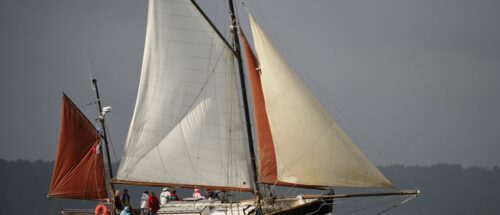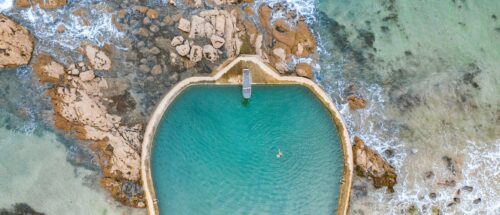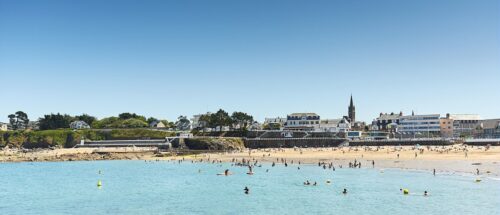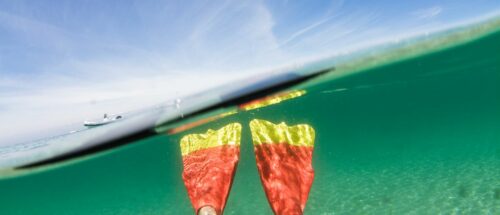Rehabilitation of anchorages
Eskale d’Armor has launched a campaign of works in the ports of Binic and Saint-Quay-Portrieux (grounding port), aimed at improving the quality of service to users and the safety of moorings, as well as their environmental impact. The main action implemented is the reorganisation of the mooring plans for Portrieux and the outer harbour at Binic. These plans had not been reviewed for almost 50 years, so it was essential to revise them.

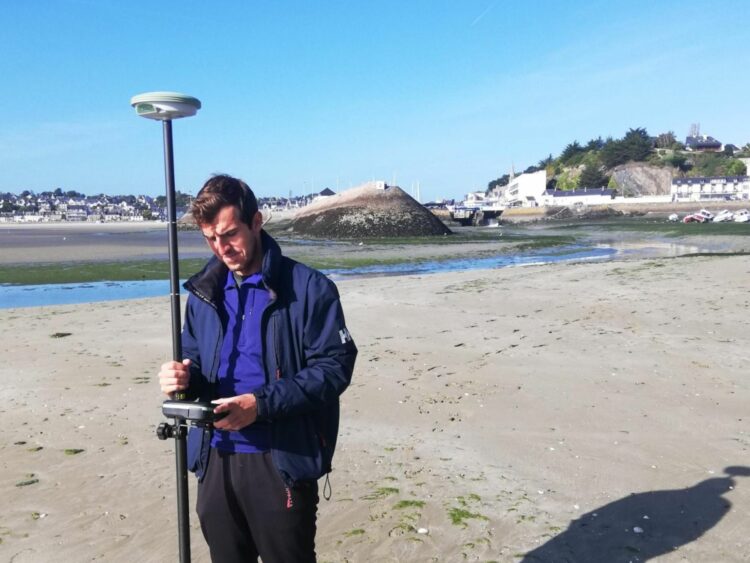
Maël Le Perdu, a surveyor, used a satellite positioning system (GNSS) to grid the area in order to correctly define each mooring position.
GNSS enables a point on the Earth’s surface to be geolocated in real time, and is highly accurate (to the nearest centimetre).
He surveyed the dykes, buildings, road contours and measurements of the bridge. He then surveyed points on the seabed at mud and river level, and was able to identify the surrounding harbour environments. The data provided enabled him to draw up detailed plans.
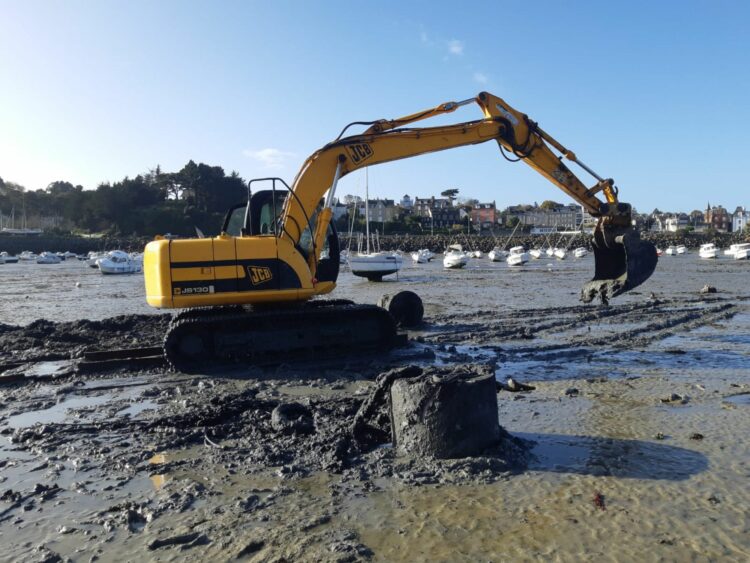
In both Binic and Portrieux, changing the moorings became a necessity. For several years now, they have been taking steps to improve the safety of the mooring plan by replacing the chains and reinforcing the ties with screw anchors, offering a more practical and environmentally-friendly solution. However, they recognise that these actions were only temporary measures. Today, they are taking the next step by completely resetting their approach, putting in place sustainable, long-term solutions.
Screw anchors: a more ecological solution
Eskale d’Armor decided to install screw anchors instead of chains and concrete blocks. They allow :
- Reduced environmental damage : traditional anchors can cause significant damage to the seabed and ecosystems. In contrast, screw anchors penetrate the ground more precisely and minimise environmental impact.
- Greater stability : screw anchors offer greater stability and better hold in the ground, reducing the risk of boats moving and shifting. This limits potential damage to port infrastructures and other craft.
- Increased durability : Screw anchors are generally made from corrosion-resistant materials such as stainless steel, which extends their life and reduces the need for frequent replacement. This means less waste and less consumption of resources.
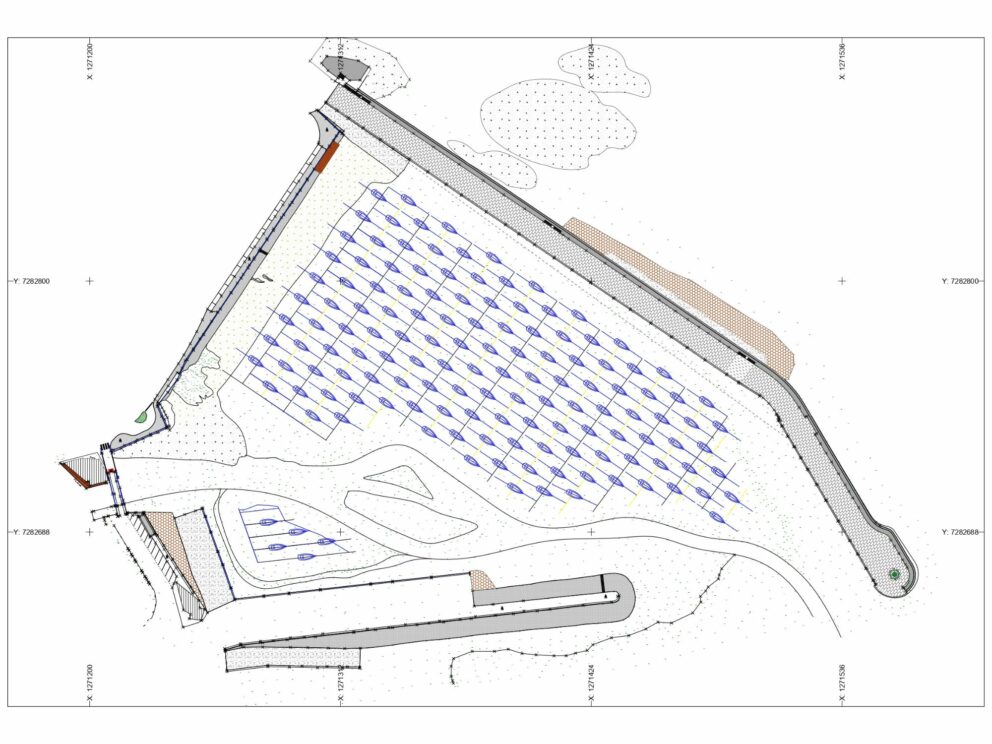
[WORK COMPLETED IN BINIC]
After two months of intensive work, work in Binic’s outer harbour is now complete!
- 30 additional berths
- New harbour plan
- New chains
- New anchorages
Everything has been redesigned to optimise space and improve access to moorings.
[WORKS IN SAINT-QUAY-PORTRIEUX]
The first period of work, which began on 21 November 2022 and lasted around ten days, focused on cleaning the area of the first tranche of 94 moorings, removing chains and concrete blocks. These were replaced by screw anchors in January 2023.
The aim is to renew 380 moorings over four years.
